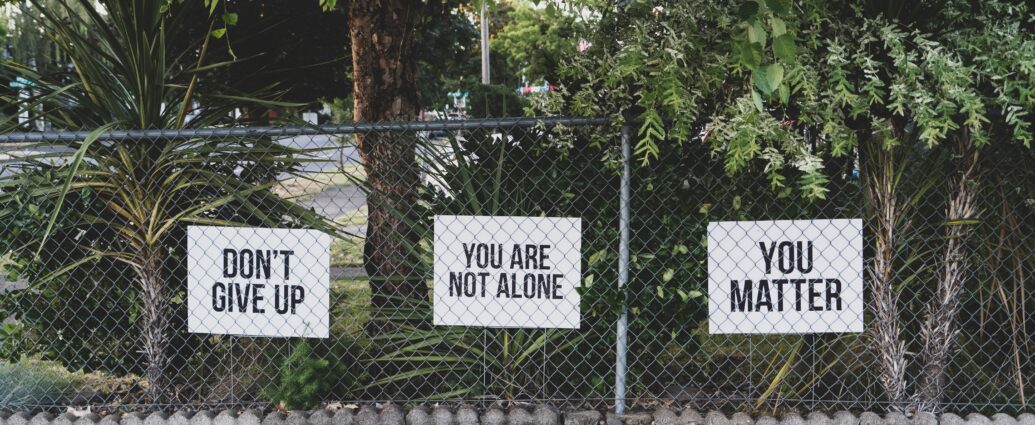Eleanor Corney
TW: mental health
Borderline Personality Disorder, a cluster B personality disorder, has long been stigmatised in the media, and it needs to stop. The more representation people with BPD have, the less alienated they will feel, and the more likely they will be to reach out and seek help.
What is BPD?
I’m one of many people with a condition called Borderline Personality Disorder. Around 1 in 100 people have BPD. It is believed to affect men and women equally, though women are more likely to be diagnosed. The condition gained its name after medical professionals believed that the condition was on the ‘border’ of two other psychiatric disorders, psychosis and neurosis. However, these terms are seldom used in the world of psychiatry today. Often, the condition will be referred to as ‘Emotionally Unstable Personality Disorder,’ or EUPD.
BPD is not a ‘one-size-fits-all’ disorder. It affects sufferers in various ways. However, the NHS website gives these as the main symptoms of the disorder:
- emotional instability – the psychological term for this is “affective dysregulation”
- disturbed patterns of thinking or perception – “cognitive distortions” or “perceptual distortions”
- impulsive behaviour
- intense but unstable relationships with others
“It’s a tough condition to live with, and it requires you to treat yourself gently.”
In my personal experience, the emotional instability and the disturbed patterns of thinking affect me the most. It’s a tough condition to live with, and it requires you to treat yourself gently. It also requires you to surround yourself with positivity, but that is sometimes difficult when the media constantly perpetuates negative stereotypes about BPD.
BPD and TikTok
TikTok is one of the world’s biggest social media platforms at the moment. With over 30.8 million daily active users via iOS, users can consume and create many kinds of videos. Recently, there has been a trend of users spreading inaccurate content about BPD, leading to an alarming amount of users, mostly teens, self-diagnosing via TikTok.
Teenagers, most of them girls, are sharing raw accounts of extreme emotions and self-destructive behaviours they attribute to BPD. As a result, there have been reports that lots of children are diagnosing themselves with BPD, even though emotional volatility is a typical characteristic of adolescence, not just BPD.
I was diagnosed with BPD at age 20, after spending 11 years under the mental health system in my area to get a diagnosis. While self-diagnosis is definitely a good place to start when seeking a diagnosis for any disorder, not only psychiatric, the rapid increase of self-diagnosis via TikTok has increased the stigma around BPD.
BPD in films, series and documentaries
The problem those of us with BPD seem to face is the lack of empathy towards us in the media. We are presented as burdens, as uncontrollable characters who lack affinity towards others. Every ‘crazy’ character seems to be given BPD as a diagnosis.
“It has reinforced the idea that all people with Borderline are people with no empathy who exist to cause harm to others.”
There have been many attempts to represent BPD in the media, including in films, series and documentaries. You may have heard of BPD as the condition that Alex Forrest, the protagonist of ‘Fatal Attraction’, has. It is important to state that the condition was never formally diagnosed in the film, but it seems to now be accepted that this character is a clear cinematic depiction of BPD.
Recently, Netflix released the mini-series ‘Dahmer’, detailing the life of notorious serial killer Jeffrey Dahmer. The series has been incredibly controversial, with one argument being that the creation of this series has perpetuated negative stereotypes towards people with BPD, as this was one of Dahmer’s psychiatric diagnoses. There have been arguments that it was not necessary to create a series retelling the atrocities of that period, as not only has it brought up a lot of turmoil for the families, but it has reinforced the idea that all people with Borderline have no empathy, and exist to cause harm to others.
“I would like to see more representations where the sufferer’s feelings are at the centre of the storyline, instead of them being swept to the side, or being used as excuses for negative behaviours.”
What needs to change?
Overall, it is clear that media representation of BPD can and should be improved. As someone who lives with the consequences of this disorder each day, I would like to see more representations where the sufferer’s feelings are at the centre of the storyline, instead of them being swept to the side, or being used as excuses for negative behaviours. Representation can reduce stigmatisation, negative stereotypes, and save lives, but only if it is done well.
Featured image by Dan Meyers via Unsplash. No changes were made to this image. Image license found here.

